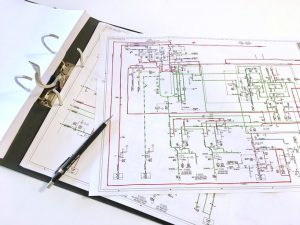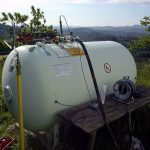
A damage mechanism study (DMR) or a corrosion study gives the user essential knowledge on integrity of the installation by determining and listing potential failure mechanisms. The output of a damage mechanism study is an overview of potential failure mechanisms and critical locations which are required when setting up an inspection plan. Moreover, the remaining life of an installation can be estimated based on a damage mechanism study.
A damage mechanism study is a team process. In team sessions maintenance, process and inspection personnel all share their valuable input with the corrosion experts of METALogic.
In a damage mechanism study usually integrity loops are defined based on process conditions and are indicated on PFDs and/or P&IDs. For all material types that are used within a loop all potential failure mechanisms are determined. For each failure mechanism a (corrosion) rate or probability of failure is established. Based on this information relevant inspection techniques and locations can be determined.
The output of a damage mechanism study can directly be used to establish an inspection regime or can be imported into an inspection management system, for example a system based on Risk Based Inspections (RBI).







